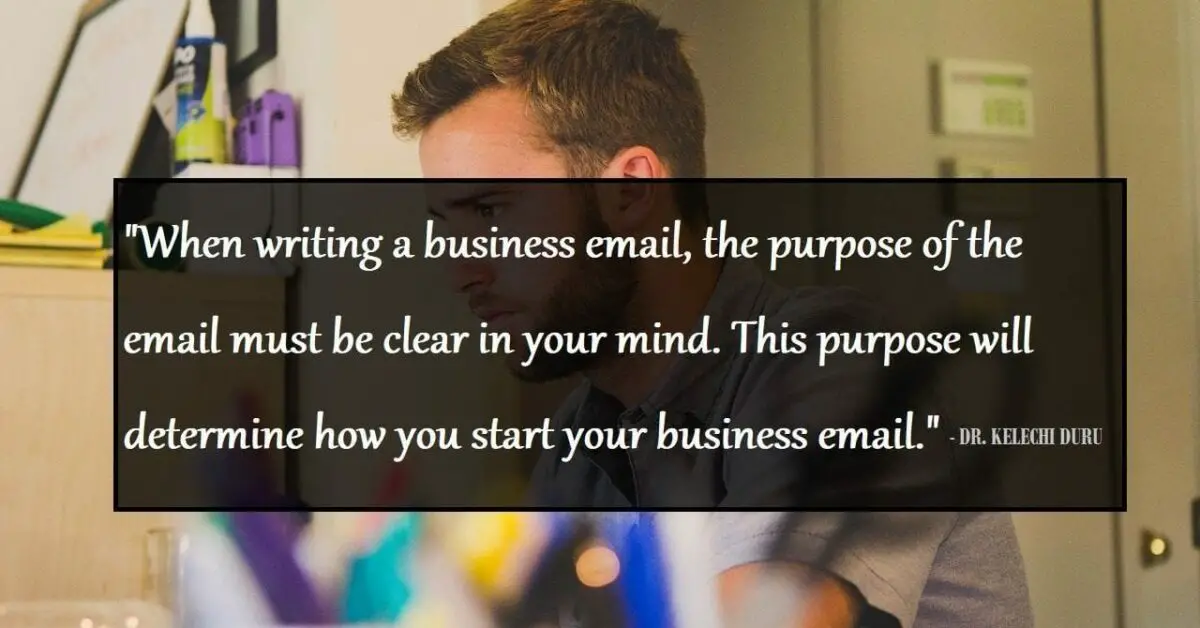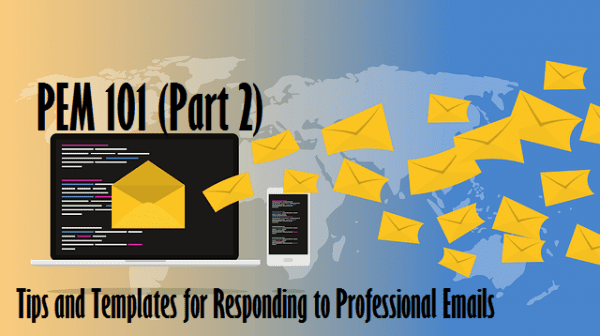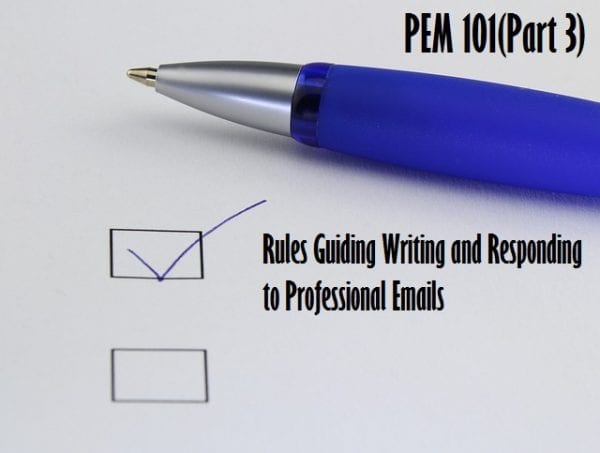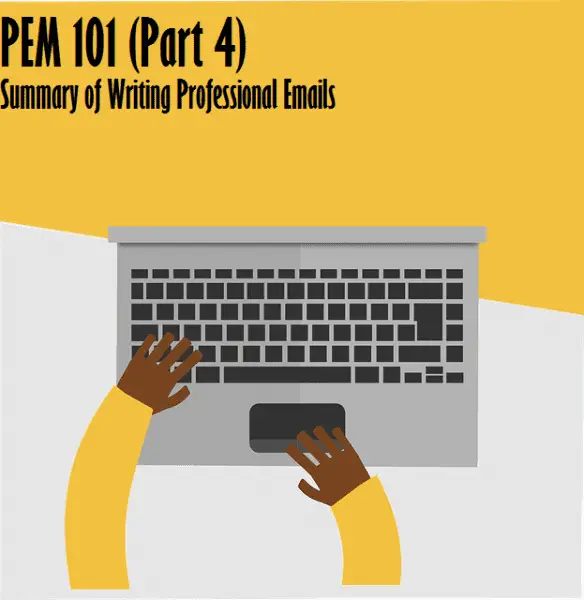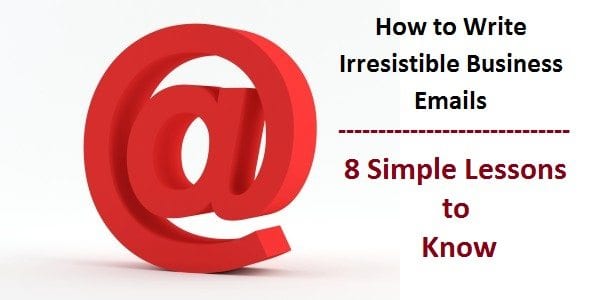Want to learn about professional email greetings? Read our post on Best Salutations and Greetings for Professional Emails (With Examples)
Starting a business email the right way could be tricky. At times, you may be uncertain of how to open a business conversation with a customer when sending an email. The important thing to bear in mind is that there are no difficult rules in starting a business email. Typically, after the initial salutation, that is, “Hello” or “Dear John” or “Good Afternoon”, the next line in your business email is the official opening.
The first thing to do is to realize that how you start a business email depends on who you are addressing and why you are sending it. Your opening is usually related to how you address your opening salutation (that is if it is formal, semi-formal or informal). However, for salutation, “The Who” is the most important point to be mindful of.
“The Who”
This will determine if your opening is formal, semi-formal or informal. Formal openings could be used when sending emails to your supervisor, manager, boss or when applying for a job. Semi-formal email openings will suit most customers and business partners, an older acquaintance who you are asking for a favor or a close relative who is in an official position. Informal openings may be used for sending emails to your employees, colleagues, friends and younger relatives.
Starting a Business Email With Formal Openings (Examples)
- My name is Aquila Pascal, I am the Human Resource Manager for J&J Brothers Incorporated
- Thank you very much for your prompt response
- We appreciate your patronage
- Please be informed that we have moved
- Please find below the quotation for producing the cartons
All the openings above are formal email openings for different situations. The idea is to keep the conversation official. It is important to also note that most formal emails are started without further salutations after the opening ones like “Dear Andrew” or “Good Evening”.
Starting a Business Email with Semi-formal Openings (Examples)
- My name is Johnson Maxwell, I met you at the Film Mall a week ago
- Thanks for the effort you put in for the Christmas party
- I appreciate your stopping over at the school yesterday
- Please do not come over to the office, the facility is being fumigated at present
- I thought it is best I forwarded these quotations today
The main point on starting a business email with semi-formal openings is the fact that the person you are writing to is not close enough for a typical informal conversation or far enough for a formal one. Therefore, it is a middle ground. This style of opening is the commonest when writing a business email. It is suitable for most clients and business partners. Be careful not to communicate with your boss in this tone, even if you feel you have a good relationship with him or her.
Starting an Email with Informal Openings (Examples)
- What’s up, bro! It’s me, Jamie, it’s been a while, can we meet at the café for a quick chat?
- Dude, you just made my day, I’d been sweating on the math like forever!
- Angie, you’re indeed an angel! Thanks for making me your official supplier!
- Wow, I totally forgot to tell you last week, we’ve moved to Park Avenue, my apologies!
- Cynthia, this is the quotation you asked for, call me if it doesn’t fit in. Thanks!
In these examples, you would notice the familiarity tone. As already mentioned earlier, this is suitable for mainly friends and colleagues.
For a supervisor, manager or even a company owner, informal openings may not be the best, though it may be used. For instance, in giving assignments to your subordinates, an informal tone may present you as unserious and the work may be handled that way. Therefore, a semi-formal approach is better when you need to communicate with your subordinates via email. There are instances that a formal opening is expected when writing an email to a subordinate. A typical example is a query email (or letter).
“The Why”
When writing a business email, the purpose of the email must be clear in your mind. This purpose will determine how you start your business email. We have already broadly classified email openings to formal, semi-formal and informal openings, depending on the person we are sending the email to. However, it is more difficult to have a broad category for why we are sending an email because there are countless of reasons.
For the purpose of this article, we will focus on the customer. We will provide examples of business email openings in three broad areas; responding to a customer’s complaint, responding to an inquiry and promotional emails.
Examples of Email Openings when Responding to Complaints
- Please accept our deepest apologies for the delay in the delivery of the products
- The management regrets this unfortunate development and will look into it immediately
- We understand the pressure you feel sir, please be assured that your internet will be back in a few minutes
- As a mother, I understand how you feel about your son’s grades
- I am deeply sorry for issuing you the wrong invoice
These examples, as you may have noted, are mainly formal and semi-formal ways of starting a business email.
Examples of Openings Responding to an Inquiry
- Thank you for your interest in our products and services
- We value your inquiry regarding the services we provide in your region
- We are thrilled to receive your query regarding our latest car model
- Thanks for your inquiry. We have a large range of products that will suit your need
- We appreciate your query about the new X2X television set
The foregoing is mainly semiformal, the third example is tending towards being informal, but it is acceptable.
Examples of Openings for Promotional Emails
- We are excited to announce our new promo for you, our loyal clients!
- We are offering a free Christmas party for 10 lucky winners!
- You are special to us! That’s why this promo is for you!
- As a thank you for your loyalty, we offer you a 55% discount on all our products!
- This Fathers’ Day, we are offering free Fathers’ Day Dinner for Five “Fast” Fathers!
These examples are typically semi-formal and should be so because of the nature of the email. A promotional email should never be formal. It may even be informal in some cases. But, generally, a semi-formal style is best for promotional emails.

